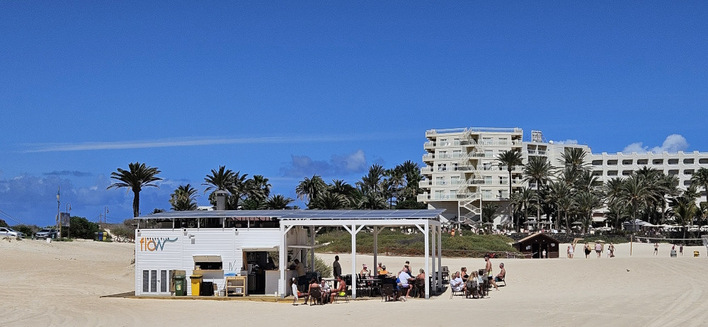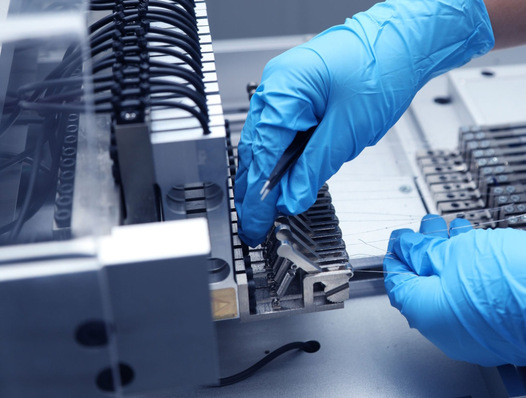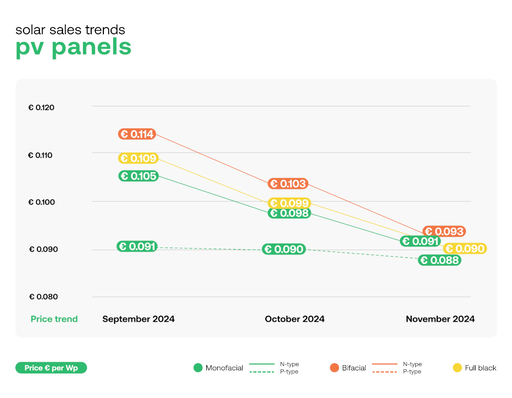Results of the SMA coordinated research project have already been incorporated into new products and form the scientific basis for future innovations. The Giga-PV research project was supported with approximately 2 million euros by the German Federal Ministry of Education and Research. SMA, TÜV Rheinland and the University of Kassel collaborated closely with PV module manufacturer Hanwha Q.Cells as associate partner.
Costs reduced to 3 to 5 US-cents per kilowatt hour
Together, they collectively worked to achieve a significant reduction in costs for large-scale PV power plants installed in the Earth’s sun belt and to optimize system concepts, PV modules and inverters. The project’s success helps strengthen the European photovoltaics industry’s lead in innovation, increase the country’s export potential and develop future growth markets.
During the last bid for the third part of the Mohammed bin Rashid Al Maktoum solar power plant (800 MW) in Dubai the costs per kilowatt hour went down to 3 US-cents. In the United States the costs have already decreased to 5 US-Cent per kWh and less.
Robust central inverters and 1,500 volts from the solar fields
“SMA has already applied results from the research project to the development of an innovative, robust 2.5-megawatt PV inverter for direct voltage of 1,500 V,” said Jürgen Reinert, SMA Board Member for Operations und Technology. “The Sunny Central 2500-EV inverter is distinguished by its high power, exceptional robustness and climate-resistance for locations in the Earth’s sun belt. The innovative 1,500 V approach also offers additional system cost advantages compared to conventional 1,000-V PV power plant technology and creates substantial cost reductions.”
Background: The Earth’s sun belt offers superb conditions to harvest solar power. Large-scale PV power plants with power in the gigawatt range that span several square kilometers and feed electric current directly into the high-voltage grid are especially well-suited for this purpose. However, the often extreme climate conditions on-site present a challenge to the plants and their components.
Extreme heat, monsoon rains and desert storms
These PV plants must be optimized to withstand extreme heat, monsoon rains and desert storms, and at the same time remain economically viable. Against this backdrop, the project oversaw the development of fundamental insights for future, large, cost-optimized and robust PV central inverters in the megawatt class.
They were redesigned to accommodate to the specific demands of this application area; comprehensive, optimized large-scale PV power plant system concepts; and testing and certification procedures for the corresponding inverters. A functional inverter model was also developed as a demonstration and tested in the
laboratory and in the field. (HS)
Did you enjoy reading „Giga-PV: cost reduction for PV power plants in the earth’s sun belt“? Well, you might be also interested in “For Central Inverters There Is A New Standard Coming Up: 1,500 Volts From The Solar Array”. Or learn more about the new „Meteocontrol Delivers Its First Monitoring Systems For Two Turkish Solar Parks“. Read it now!







